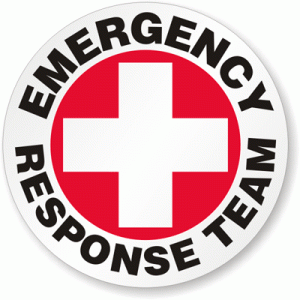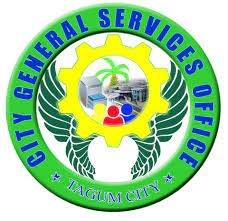An emergency preparedness and response team, also known as an emergency response team (ERT) or crisis management team, is a group of individuals responsible for planning, coordinating, and implementing actions to effectively respond to emergencies or crises. These teams are typically formed within organizations, communities, or government agencies to ensure a swift and organized response during various emergency situations.
Here are some key aspects and functions of an emergency preparedness and response team:
- Planning and Preparedness: The team develops and maintains emergency response plans, procedures, and protocols tailored to specific types of emergencies or crises. This includes identifying potential risks, establishing communication channels, and outlining roles and responsibilities for team members.
- Risk Assessment and Analysis: The team assesses potential risks and hazards specific to their organization or community. They analyze vulnerabilities, evaluate potential impacts, and identify strategies to mitigate risks and enhance preparedness.
- Training and Education: ERT members receive specialized training and education on emergency response procedures, first aid, evacuation protocols, communication systems, and other relevant skills. Regular drills, exercises, and simulations are conducted to test and improve the team’s readiness.
- Communication and Coordination: ERTs establish communication networks and protocols to ensure effective information sharing during emergencies. They coordinate with relevant stakeholders, including emergency services, government agencies, community organizations, and the public, to synchronize response efforts.
- Emergency Response: When an emergency or crisis occurs, the team activates the established response plan and executes their assigned roles. This can include incident management, search, and rescue operations, medical assistance, evacuation procedures, or other necessary actions to mitigate the impact of the emergency.
- Crisis Communication: ERTs handle internal and external communication during emergencies, providing timely and accurate information to affected individuals, stakeholders, media outlets, and the public. They ensure that messages are clear, consistent, and focused on promoting safety and reducing panic.
- Post-Emergency Evaluation and Recovery: Following an emergency, the team conducts an evaluation to identify lessons learned, strengths, and areas for improvement. They collaborate on post-emergency recovery efforts, such as damage assessment, resource allocation, and community support.
- Continuous Improvement: ERTs engage in ongoing review, updating, and enhancement of emergency response plans and procedures. They stay informed about emerging threats, new technologies, and best practices in emergency management to adapt and improve their capabilities.
Emergency preparedness and response teams are critical in maintaining the safety and well-being of individuals and organizations during emergencies. Their proactive planning, coordination, and rapid response help minimize damage, save lives, and facilitate the recovery process.
IMAGE GALLERY

CONTACT US
For details, do any of the following:
- Call or text me at 09460480491
- Message us on Facebook at https://www.facebook.com/rbsublimationsignage/



